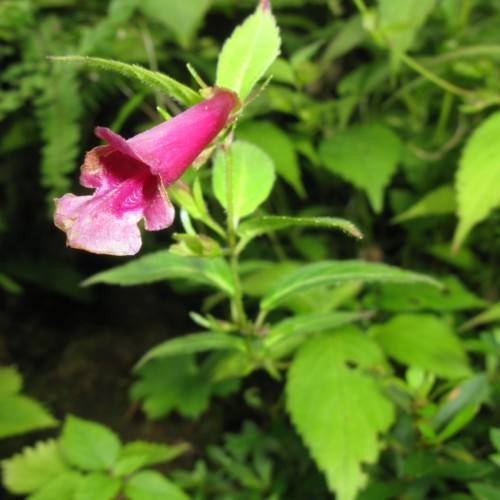
Japanese turtlehead
Chelonopsis yagiharana
Cycle:
Herbaceous Perennial
Watering:
Average
Hardiness Zone:
5 - 9
Flowers:
Flowers
Sun:
Full sun,part shade
Leaf:
Yes
Growth Rate:
Low
Maintenance:
Low
Drought Tolerant:
Yes
Salt Tolerant:
Yes
Care Level:
Medium
watering
Japanese turtlehead (Chelonopsis yagiharana) is a fast-growing, strong-growing, and drought-tolerant. It does best in full sun and moist soil, requiring approximately 1–2 inches of water per week in the hottest months. During the cooler months, it is best to water the plant less frequently, about every 10–14 days, to prevent over-watering. As with all plants, be sure to inspect the soil moisture levels before watering, as waterlogged soil can potentially harm this plant species.
sunlight
Japanese turtlehead (Chelonopsis yagiharana) prefer moderately bright light, with some shade. These plants can tolerate up to 4 hours of direct sun, but should not be exposed to midday sun in the hottest summer months. The best way to provide enough light for your plant is to locate it in a spot with east or west facing windows, or shaded south-facing windows. Just remember to protect these plants from intense sunlight, especially during their resting period in winter. For best results, keep your Japanese turtlehead in the same light conditions year-round.
pruning
Japanese turtlehead should be pruned in late fall, after the plant has gone dormant. While pruning, remove any dead or diseased stems that have visible signs of damage, such as yellowing leaves or spots. Prune roughly 1-third of the plant's stems. This includes any stems that appear thin or weak, or that have grown excessively long. Additionally, Japanese turtlehead may need to be lightly trimmed during the growing season to keep it looking neat.
